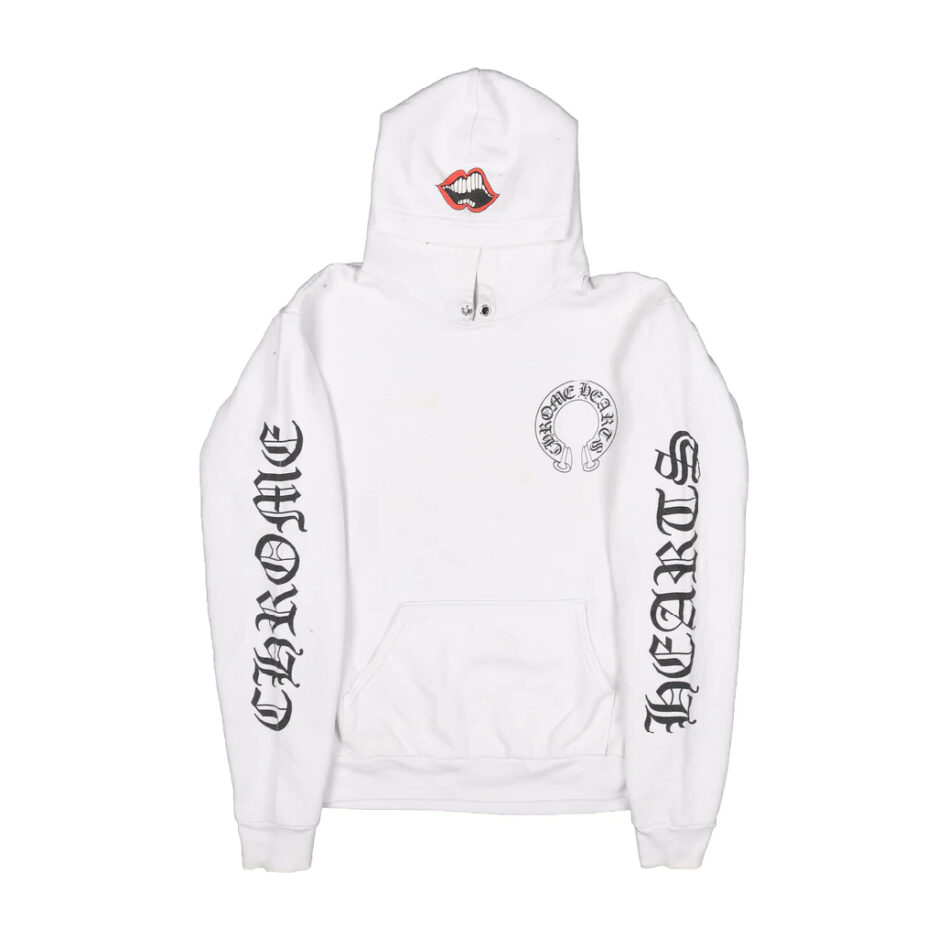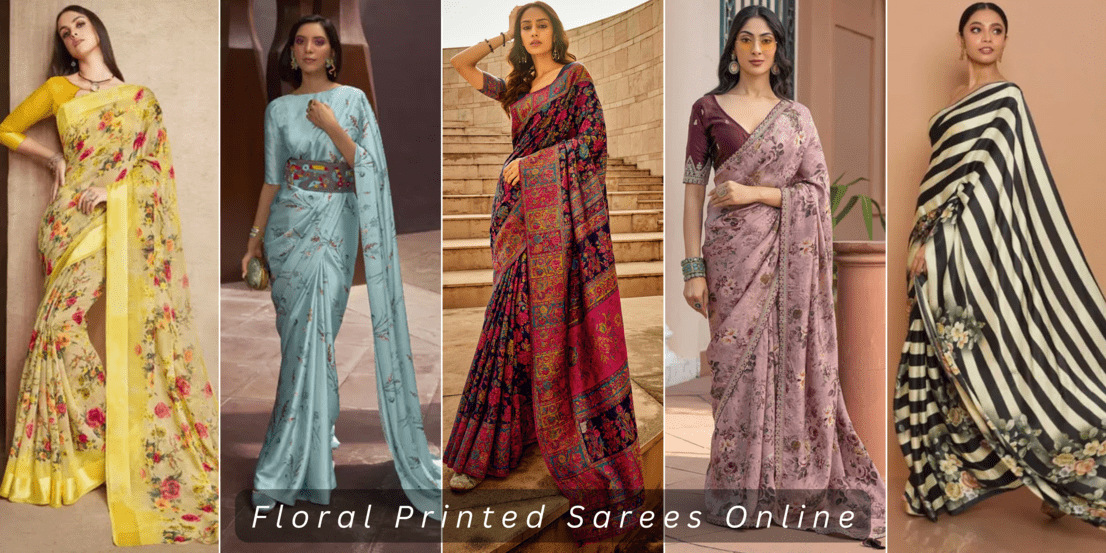
Why is Clothing Suddenly Cool Again? https://chromeheartsclothings.net/ Clothing, a division of the storied brand, has a lengthy past that dates back to its establishment. Hugh Hefner founded, which has come to represent elegance, refinement, and a hint of rebellion. After peaking in popularity in the middle of the 20th century, the clothing line saw a downturn in the 21st. But Clothing has seen a surprising comeback in recent years. What was before thought to be a sentimental artifact is now seeing a notable resurgence, drawing in a fresh round of fashionistas.
The Nostalgia Factor:
A major factor in the revival of Clothing is nostalgia. Many people identify the brand with an elegant and glamorous bygone age, which inspires a desire to embrace or relive the past. A timeless symbol, the Bunny is recognizable for its playful yet seductive form. Due in part to its cultural relevance, the brand evokes a sense of nostalgia that draws in both new and devoted customers.
Celebrity Endorsements about Clothing:
The revival of Clothing has been greatly aided by the sponsorship of the brand by celebrities and influencers. From appearances on the red carpet to social media posts, the recognizable rabbit head logo has established itself as a mainstay in celebrity style. Clothing’s reputation has been enhanced by its affiliation with celebrities, https://macmillermerchandise.com/ which has turned it from an outdated throwback to a sought-after fashion option.
Fashion Trends and Collaborations:
Clothing has dabbled in partnerships with well-known designers in an effort to remain current. These collaborations provide the brand a new angle by fusing traditional aesthetics with modern fashion trends. There is no denying Clothing’s impact on contemporary fashion trends. The brand’s unexpected coolness among fashion fans can be attributed to its ability to adapt and develop new trends.
Clothing Social Media Influence:
Clothing’s smart internet presence has contributed to its revival in the social media age. Viral events, hashtag campaigns, and interesting material have all greatly boosted the brand’s appeal. Clothing has generated excitement and brand awareness on social media through the clever use of hashtag campaigns and viral moments, which have generated buzz.
Clothing Breaking Stereotypes:
Clothing has been effective in dispelling negative connotations attached to the brand. Its historical associations have faded, and it now appeals to a wide range of people who value its avant-garde designs. Clothing’s dedication to diversity and inclusivity has increased the brand’s appeal and drawn in a new customer base that may not have previously given the product much thought.
Quality and Designs of Clothing:
Clothing has made improvements to the caliber of their clothing. The brand’s reputation has increased in the cutthroat fashion industry because of its emphasis on high-quality materials and craftsmanship. Apart from excellence, Clothes has placed emphasis on fashionable and cozy styles. Customers looking for both comfort and style have responded favorably to the wearability and fashion-forward aesthetics mix.
Limited Edition Releases:
The deliberate introduction of limited edition items by Clothing has instilled in customers a sense of urgency and exclusivity. Demand is fueled by these goods’ increased attractiveness due to their scarcity. Clothing’s consumer base has developed a collector’s mindset as a result of its rigorous control over the availability of certain designs, which fuels excitement for each new release.
Cultural Impact:
Clothing’s comeback is more than just a passing fad—it’s a movement in culture. Due to the brand’s iconic prominence, popular culture and societal conventions have been influenced beyond fashion. Clothing’s acceptance and celebration are a reflection of how societal norms and views are changing. What was before seen as divisive is now accepted as a representation of uniqueness and self-expression.
Sustainability Practices:
Clothing has made notable progress in implementing sustainable procedures that are consistent with modern principles. The company uses ethical production methods and eco-friendly products because it cares about the environment. Clothing not only satisfies the needs of environmentally aware customers but also leads by example in the fashion business by implementing eco-friendly activities. The brand now fully embraces sustainability as part of its culture.
Clothing Future Outlook:
With its present course, Clothing looks set for more success. The brand is well-positioned in the dynamic fashion industry thanks to its capacity for innovation, adaptation, and connection with a wide range of consumers. With possible advancements and growths, Clothes has a bright future ahead of it. With new partnerships or technology integrations, the brand will probably remain on the cutting edge.
Conclusion:
In conclusion, a number of variables have contributed to Clothing’s recent rise in popularity. The company has effectively reimagined itself by embracing sustainability, questioning social norms, and capitalizing on nostalgia and celebrity endorsements. The cultural influence of Clothing transcends fads. Being more than just a clothes brand, it is a representation of timeless style since it embodies a dynamic fusion of history, innovation, and societal growth.
F.A.Qs
Is Clothing only popular among a specific age group?
No, a wide range of age groups have been drawn to the brand’s comeback.
How has Clothing addressed controversies from its past?
Clothing has shown a dedication to development by addressing past issues by accepting them and making adjustments to meet modern standards.
What makes vintage Clothing valuable among collectors?
The historical significance of the brand and their rarity and distinctiveness make vintage items extremely valuable to collectors.







